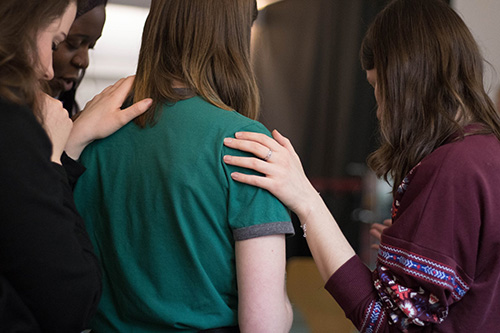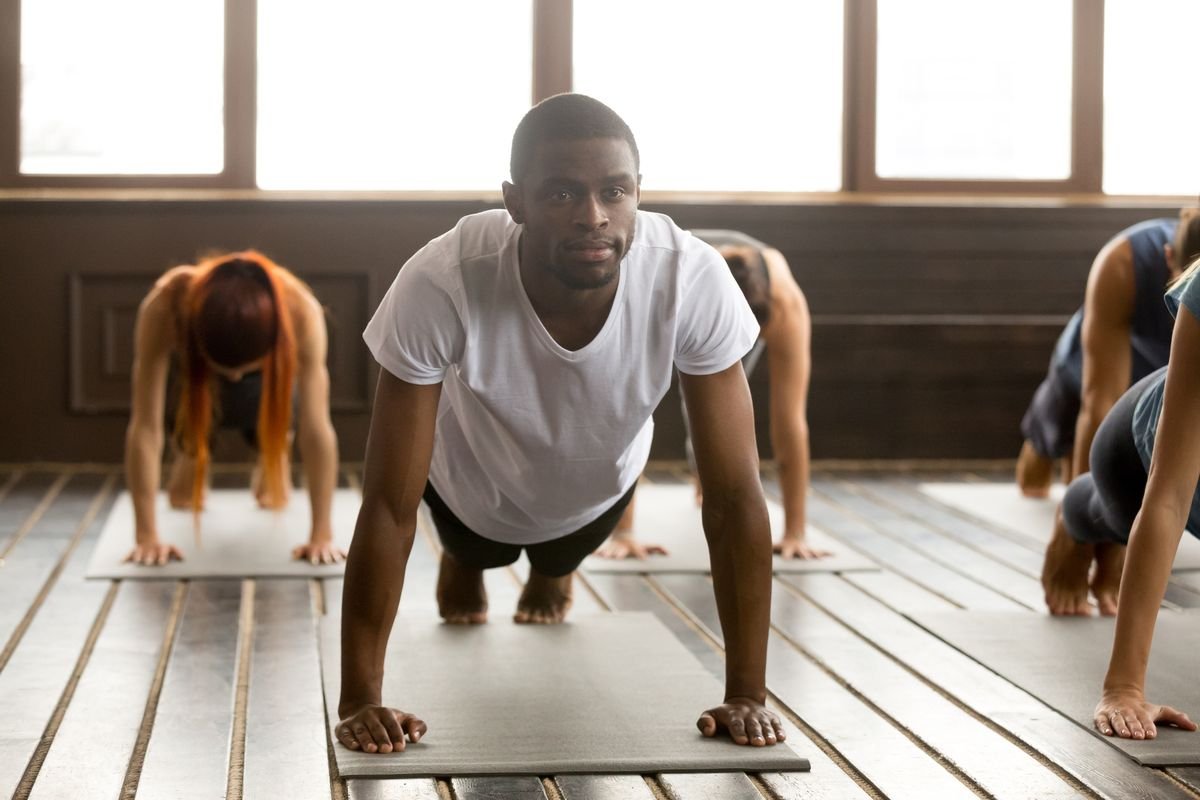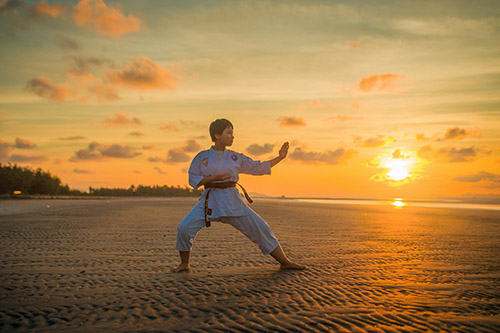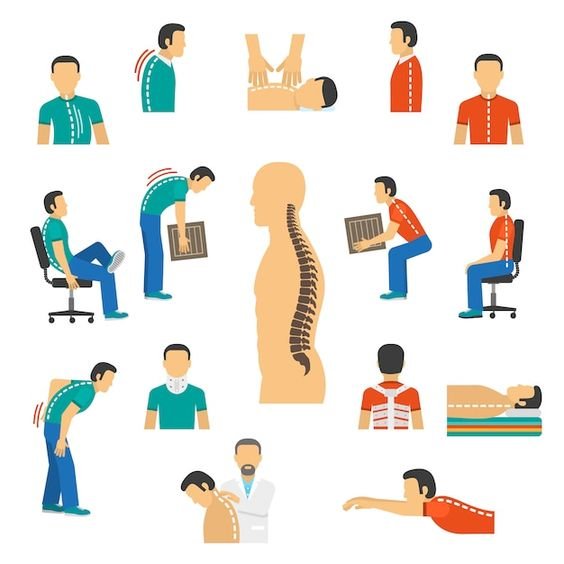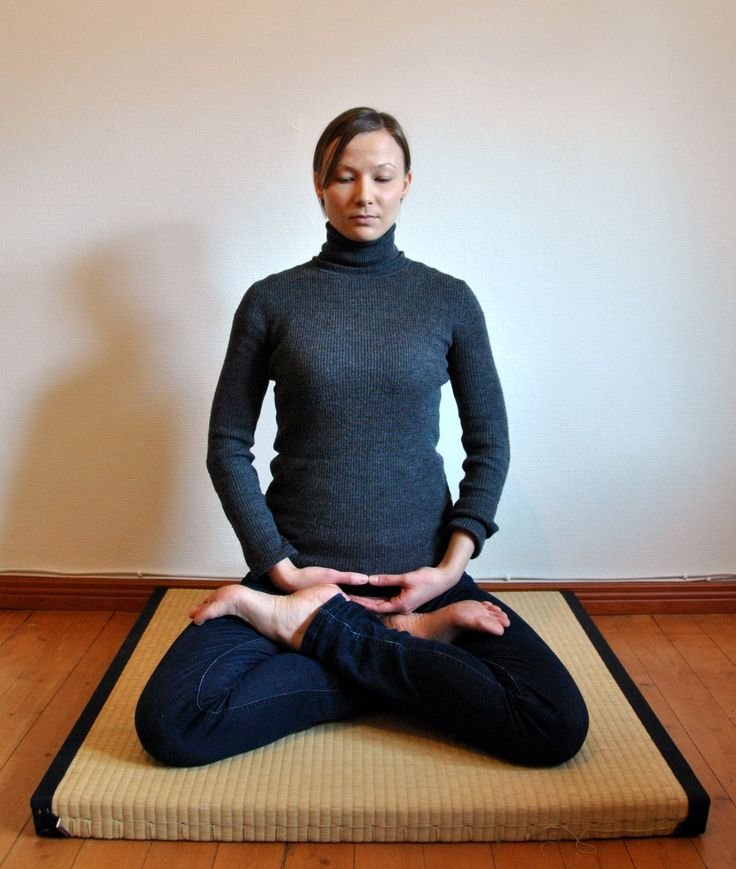
Forest Bathing, Shinrin Yoku: What is it, and How to Practice it.
– Composed by Duane Steffens, Edited Glenn Nangaku Leisching
In a world that is constantly on the move, where stress and anxiety seem to be an integral part of our daily lives, there’s a Japanese practice that offers a refreshing escape into nature’s embrace. Its called Shinrin Yoku, or forest bathing, and it’s a profound way to reconnect with the natural world while reaping numerous health benefits. In this article, we’ll delve into the essence of Shinrin Yoku, explore what it means, and learn how to practice this ancient Japanese art.

Introduction
The Healing Power of Nature
In the hustle and bustle of our modern lives, finding moments of serenity can be a challenge. That’s where the Japanese practice of Shinrin Yoku, or forest bathing, comes into play.
Imagine immersing yourself in the lush greenery of a forest near you, breathing in the crisp, clean air, and letting the soothing sounds of nature wash over you. It’s not just a leisurely walk in the woods; it’s a therapeutic experience that promotes physical, mental, emotional, and spiritual well-being.
Shinrin Yoku: Unpacking the Practice
The Origins of Shinrin Yoku
Shinrin Yoku traces its roots back to Japan in the 1980s when it was introduced as a part of their national health program. The idea was simple: encourage people to spend more time in nature to improve their overall health. This notion was inspired by, amongst others, ancient Japanese Zen traditions that emphasized the profound connection between humans and the natural world.
What ‘Forest Bathing’ Really Means
The term ‘forest bathing’ may conjure images of taking a dip in a forest stream, but it’s not quite so literal. Instead, it refers to the practice of immersing oneself in the forest atmosphere, engaging all five senses to fully experience the natural environment.

Scientific Backing: Why It Works
Boosting Your Immune System
Research has shown that spending time in nature, particularly in lush green forests, can have a remarkable impact on your immune system. Phytoncides, natural chemicals released by trees, can enhance your body’s defence mechanisms, making you less susceptible to illnesses.
Reducing Stress and Anxiety
The tranquil ambiance of the forest has a profound calming effect on the mind. Studies have demonstrated that forest bathing can significantly reduce stress hormone levels and alleviate symptoms of anxiety and depression.
Preparing for Your Shinrin Yoku Experience
Choosing the Right Forest
Selecting the ideal forest for your Shinrin Yoku adventure is crucial. Look for one that is rich in biodiversity and has a variety of trees and plant species. The more diverse the ecosystem, the greater the benefits you can reap.
The Art of Mindful Preparation
Before you step into the forest, take a moment to disconnect from the digital world. Leave your gadgets behind and focus on the present moment. Dress comfortably, wear suitable footwear, and bring along essentials like water and insect repellent.
The Practice Itself: How to Do Shinrin Yoku
Engaging Your Senses
Shinrin Yoku is all about immersing yourself in sensory experiences. Listen to the rustling leaves, feel the texture of tree bark, and inhale the earthy scent of the forest. Each of your senses will guide you deeper into the moment.
Mindful Walking (kinhin) and Zen Meditation
As you walk through the forest, do so mindfully. Pay attention to each step, the sensation of the ground beneath your feet, and the rhythm of your breath. Consider incorporating zen meditation into your practice to enhance your connection with nature. (Read Kinhin blog here)

The Benefits of Regular Shinrin Yoku
Physical Health Improvements
Regular Shinrin Yoku practice has been linked to a range of physical health benefits. It can lower blood pressure, improve cardiovascular health, and even boost your energy levels.
Enhanced Mental Well-being
On the mental health front, forest bathing has proven to reduce symptoms of stress, anxiety, and depression. It can enhance your mood, increase your focus, and promote a sense of inner-peace.
Shinrin Yoku and Japanese Culture
Historical Significance
Shinrin Yoku isn’t just a modern wellness trend; it has deep historical roots in Japanese culture. Traditional practices like Shintoism and Zen Buddhism have long recognized the spiritual connection between humans and nature.
Modern-Day Relevance
Even in today’s fast-paced world, Shinrin Yoku remains relevant. Japanese corporations encourage employees to partake in forest bathing for improved productivity and well-being. It’s a reminder that the ancient wisdom of Shinrin Yoku can still benefit modern society.
Incorporating Shinrin Yoku into Your Lifestyle
Urban Forests and Green Spaces
If you don’t have immediate access to a dense forest, don’t worry. Many urban areas have designated green spaces and urban forests where you can practice Shinrin Yoku.These pockets of nature offer a respite from city life.
Shinrin Yoku at Home
You can even bring a touch of Shinrin Yoku into your home. Houseplants, nature-inspired decor, and indoor meditation can help you maintain a connection with nature in your everyday life.
A Worldwide Phenomenon: Shinrin Yoku Beyond Japan
Global Recognition and Adoption
The healing power of Shinrin Yoku has transcended borders. Countries around the world have recognized its benefits, leading to a global movement of forest bathing enthusiasts.
Cultural Adaptations
While the core principles of Shinrin Yoku remain the same, different cultures have adapted the practice to suit their needs and environments. This cultural diversity showcases the universal appeal of reconnecting with nature.
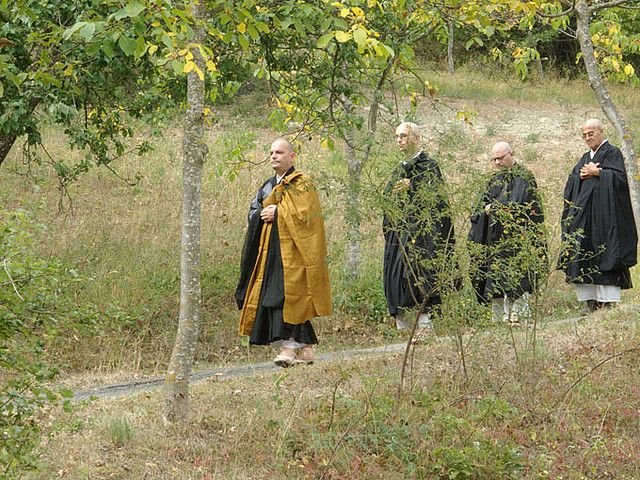
Conclusion
Embrace the Healing Power of Nature
In a world where screens dominate our attention and stress lurks around every corner, Shinrin Yoku offers a simple yet profound solution. By immersing ourselves in the natural world, we can find solace, healing, and a renewed sense of wonder. So, take a step into the forest, breathe in the fresh air, and let nature work its magic on your mind, body, and soul.





